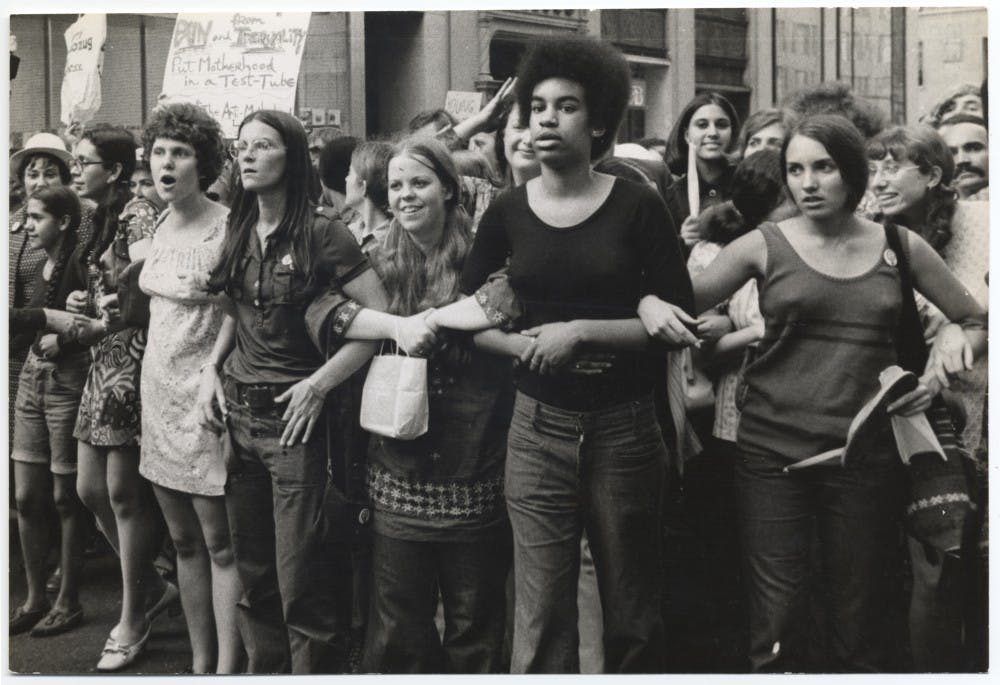The stars of the documentary “She’s Beautiful When She’s Angry,” a film directed by Mary Dore, constantly ask themselves, “How would your life be different if you were a boy?” Fed up with inequality of the sexes and the impossible standards set for females, a number of outrageous yet brilliant women organized and became the new women’s movement of 1966 to 1971.
Opting out of comfort and convenience, the women of “She’s Beautiful” decided to invest their time in the fight for women’s rights and rally other women who were too afraid to speak up at first. Although they may seem like superheroes, these ordinary women were just that — ordinary. They didn’t wear capes. They didn’t have insignias. They didn’t have super powers. But they did have one powerful weapon: their fire. That burning passion erupted into the ever-lasting flame of the feminist movement.
“She’s Beautiful” chronicles the women’s journey extensively through five decades. With a mixture of testimonials from key actors of the movement as well as other participants, actual news clips and reels from the time, newspaper headlines and powerful pictures, the 90-minute film makes the road to feminism come alive.
The film also goes back and forth between then and now. Key characters such as Muriel Fox, Ellen Willis, Jo Freeman, Alice Wolfson, Marilyn Webb, Heather Booth and numerous others reminisce about what pioneering the crusade was like. Through flashbacks to the late 60s and early 70s, the audience gets a feel of what it was like for these women. Press coverage of conferences and debates and other actual events plops the audience smack in the middle of the movement, making them want to pick up a sign and join the protests.
Enduring whistling, catcalling and hollering of profanities as they walked past or gave speeches, the women stood tall and spoke loudly. What added fuel to their fight for women’s liberation all those years was being haunted by having to look and act a certain way, being limited in their careers because of their gender, and feeling like their connection with the world was over once they decided to start families.
Through interviews with women that were instrumental to the movement, the movie takes a huge movement and individualizes it, letting the viewers connect with a few characters on a deeper level. Do they feel like the movement was a success? What would they have done differently? What was the catalyst that kept them pushing forward opposite so many challenges? While most directors chiefly use interviews for documentaries, by including footage of the women both now and then Dore makes the audience feel as if they’ve been on a personal voyage with them for five decades.
Today, it is hard to imagine a world where a woman was only considered successful if she made a trip down the aisle. But that is exactly what it was like for the women of the film. Now, women are walking wherever they want, leaving their footprints all over the globe. The work of the many characters of “She’s Beautiful When’s Angry” and countless other women in the feminist movement made that possible.





